Collection of Dutch historical prints made accessible
Gift
In 2020, Mr G.A. Biezeveld and Mrs E. Biezeveld-Dikshoorn donated their beautiful collection of 718 Dutch historical prints created by over 200 artists to the University of Groningen Library (UB). The inventory of these prints was recently completed and the collection is now accessible to researchers, lecturers, students and other interested parties. The prints collection, which has been named Biezeveld - Van den Steenhoven, can be consulted at the UB Department of Special Collections.
Images: Rijks Museum, Amsterdam
(text continues underneath the images)
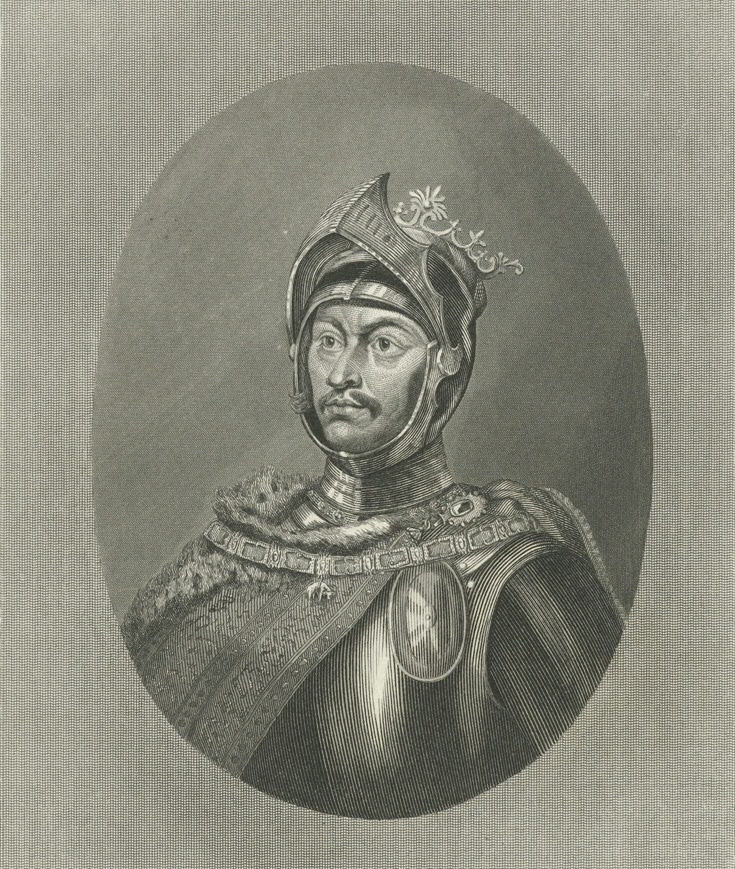
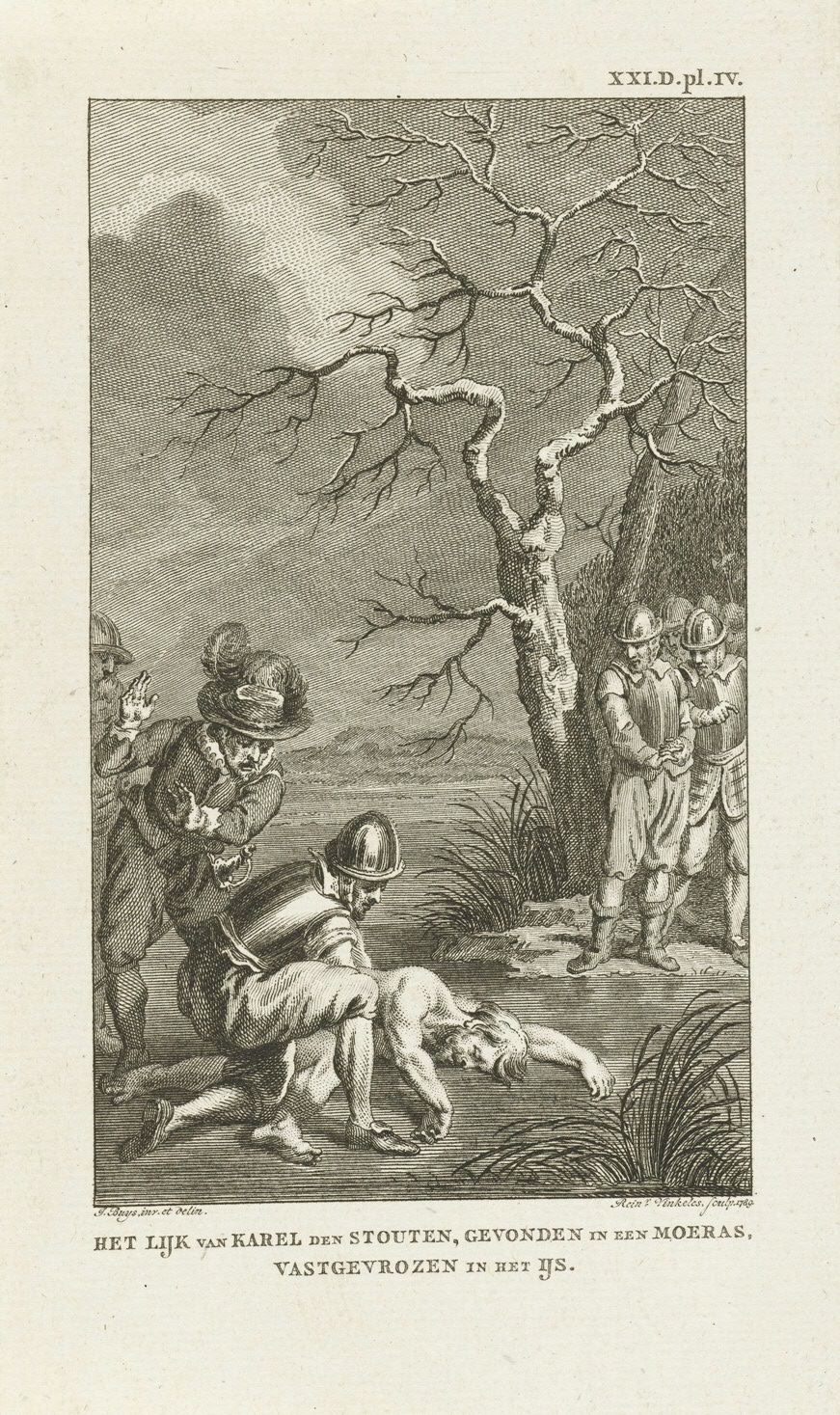
Collection
The historical prints were taken from books and journals on the history of the Netherlands, as well as some on Dutch literature, from the late 17th to early 20th centuries. However, the origins of several dozen prints are unknown.
Most prints depict important people and events from the history of the Netherlands until the early 20th century. They helped to bring history to life for the readers. Most of the portrayed people were worldly leaders (nobility, administrators, diplomats), army and navy leaders, religious leaders, scholars and writers/poets.
(text continues underneath the image)
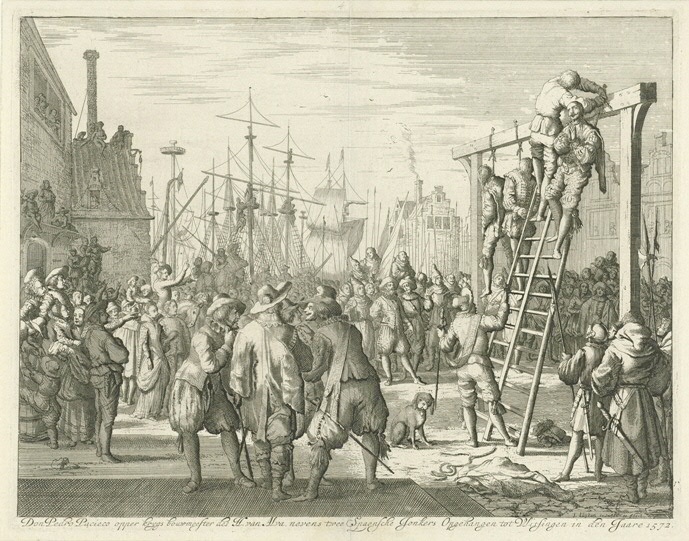
The historical events depicted mostly concerned fights for power and independence, for example battles, sieges, conquests, plundering, people’s revolts, naval combats, iconoclasm, abduction, decapitation, strangulation, burning, murder, manslaughter, abuse and imprisonment. However, more peaceful scenes can also be seen, for example of conclusions of peace, ceremonial entries and inaugurations. In addition, there are also prints that depict scenes from everyday life, such as proclamations of faith as well as baptisms, wedding ceremonies and funerals of prominent figures, as well as natural threats, such as floods, storms, fires and cold (the wintering on Novaya Zemlya). The prints also give an impression of historical living environments: townscapes, buildings of rulers, the countryside and seagoing vessels.
(text continues underneath the image)
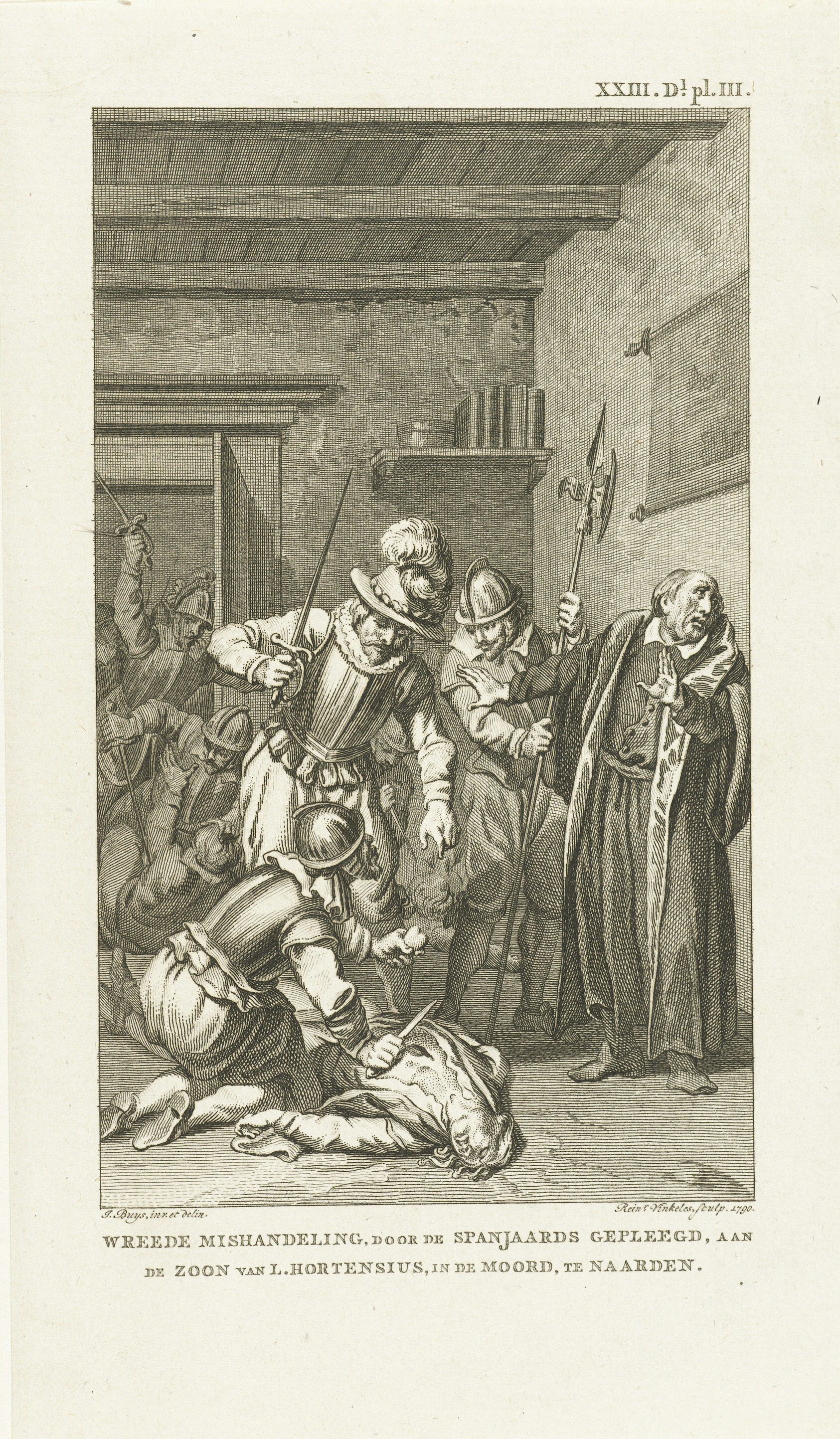
Printmaking
The graphic techniques that were developed over the course of the centuries enabled artists not just to produce one-of-a-kind paintings and drawings but to have their work printed at a lower price and thus increase their scope. Historical prints became an important graphic genre when public interest in the history of the country began to increase in the 18th century. These prints were included in history books to show what historical figures and events looked like, thus making the stories more tangible. Distribution was in the hands of publishers. In addition, prints were also sold separately and in graphic portfolios.
(text continues underneath the image)
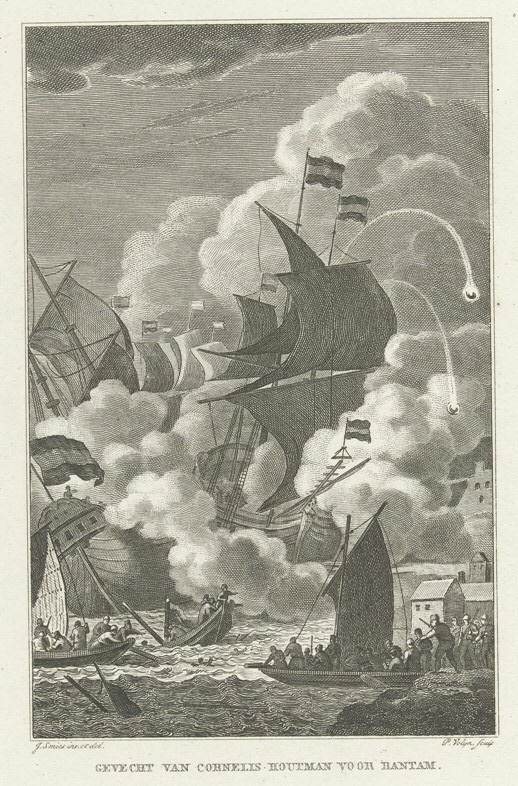
The Biezeveld - Van den Steenhoven collection shows that creators of historical prints used a range of graphic techniques, including engraving, steel engraving, etching, stipple etching, lithography, mezzotint and combinations of two of these techniques.
Printmaking was an art in its own right. Although some artists designed and created their own prints, most, for example Reinier Vinkeles, made prints based on existing drawings and paintings by other artists, such as Jacobus Buys.
Most of the prints in the collection list are accompanied by hyperlinks to the prints as shown on the websites of various institutes, most notably the Rijksmuseum (Amsterdam), as well as the Atlas Van Stolk (Rotterdam), the RKD – Netherlands Institute for Art History (Den Haag) and other image collections. These websites usually also contain extensive descriptions of the prints.
(text continues underneath the image)
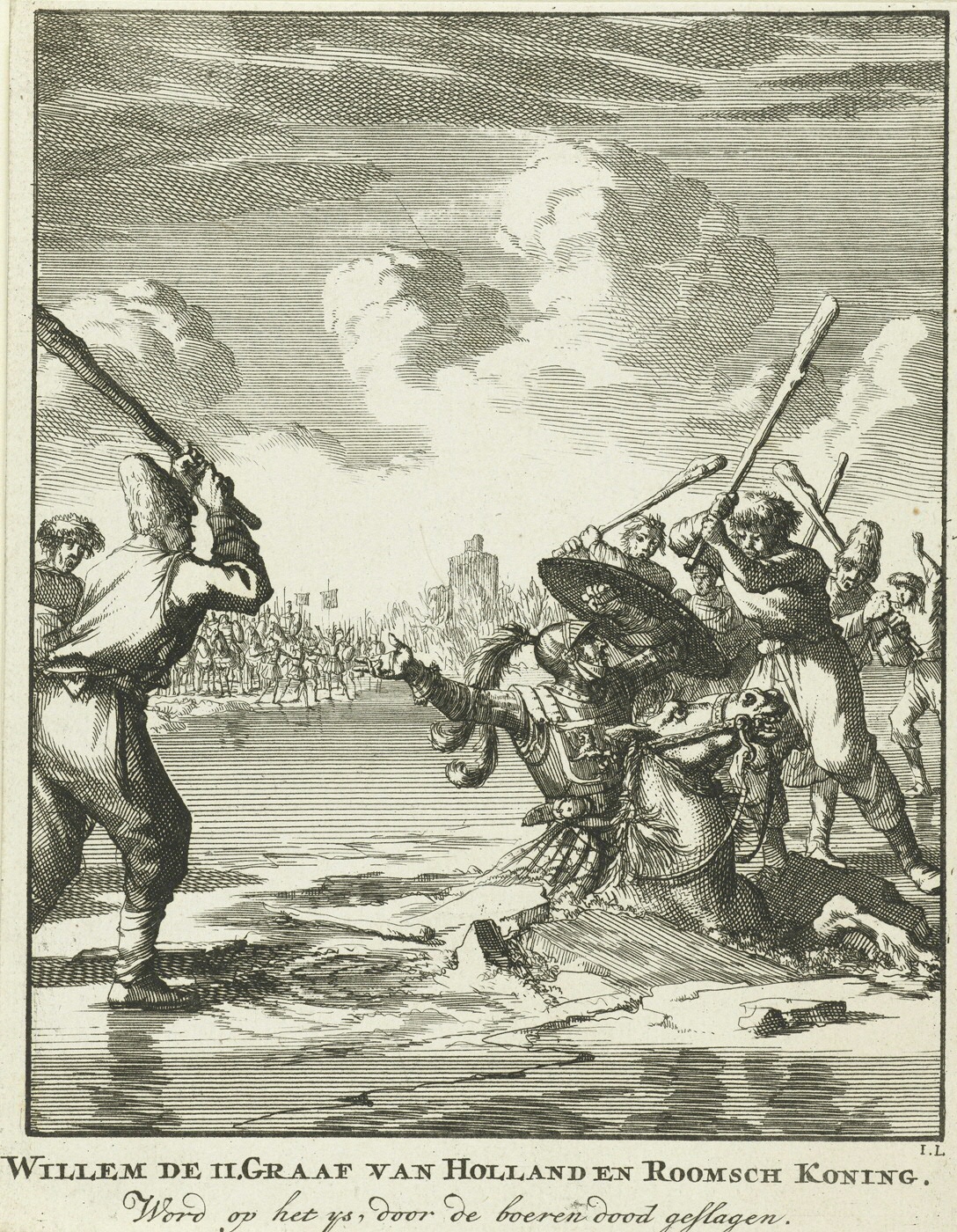
History of the collection
The name ‘Biezeveld - Van den Steenhoven collection’ was proposed by the donors and adopted by the University Library. The donors think that the collection of historical prints was probably created by Laurens Jacob van den Steenhoven (Dordrecht, 1842 - Den Haag 1914). Van den Steenhoven was not professionally involved with the past – he was a building contractor. Among other feats, together with a second party he made up a Dutch building consortium and in this capacity built the Westergasfabriek in Amsterdam in 1883-1885. He may have collected the prints simply because he was interested in history.
The collection was passed on and eventually inherited by Van den Steenhoven’s great-grandson, Gustaaf Alexander Biezeveld.
(text continues underneath the image)
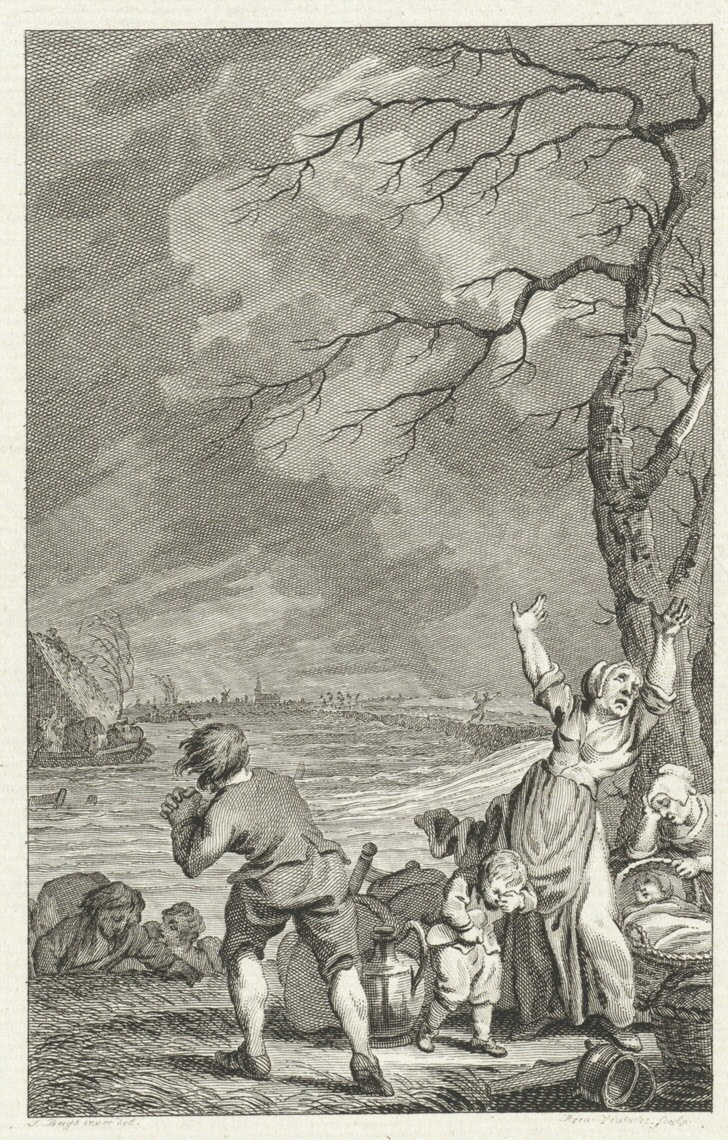
Development of inventory
Tonnis Musschenga, academic information specialist at the Department of Special Collections, examined the collection as a volunteer after he retired. This inventory has given the collection more coherence, structure and identity. The Biezeveld - Van den Steenhoven collection greatly enriches the academic heritage of the University of Groningen.
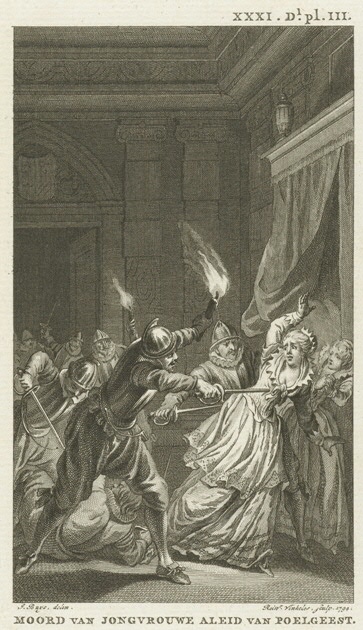
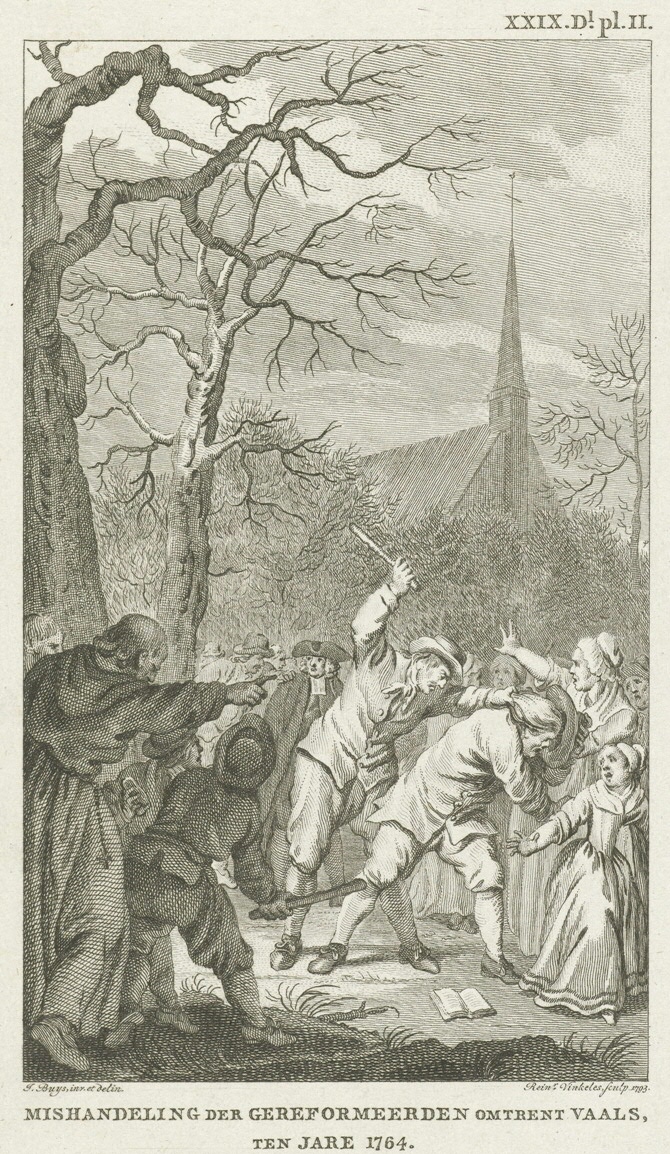
| Last modified: | 05 January 2022 1.00 p.m. |
More news
-
29 April 2024
Tactile sensors
Every two weeks, UG Makers puts the spotlight on a researcher who has created something tangible, ranging from homemade measuring equipment for academic research to small or larger products that can change our daily lives. That is how UG...
-
16 April 2024
UG signs Barcelona Declaration on Open Research Information
In a significant stride toward advancing responsible research assessment and open science, the University of Groningen has officially signed the Barcelona Declaration on Open Research Information.
-
02 April 2024
Flying on wood dust
Every two weeks, UG Makers puts the spotlight on a researcher who has created something tangible, ranging from homemade measuring equipment for academic research to small or larger products that can change our daily lives. That is how UG...

